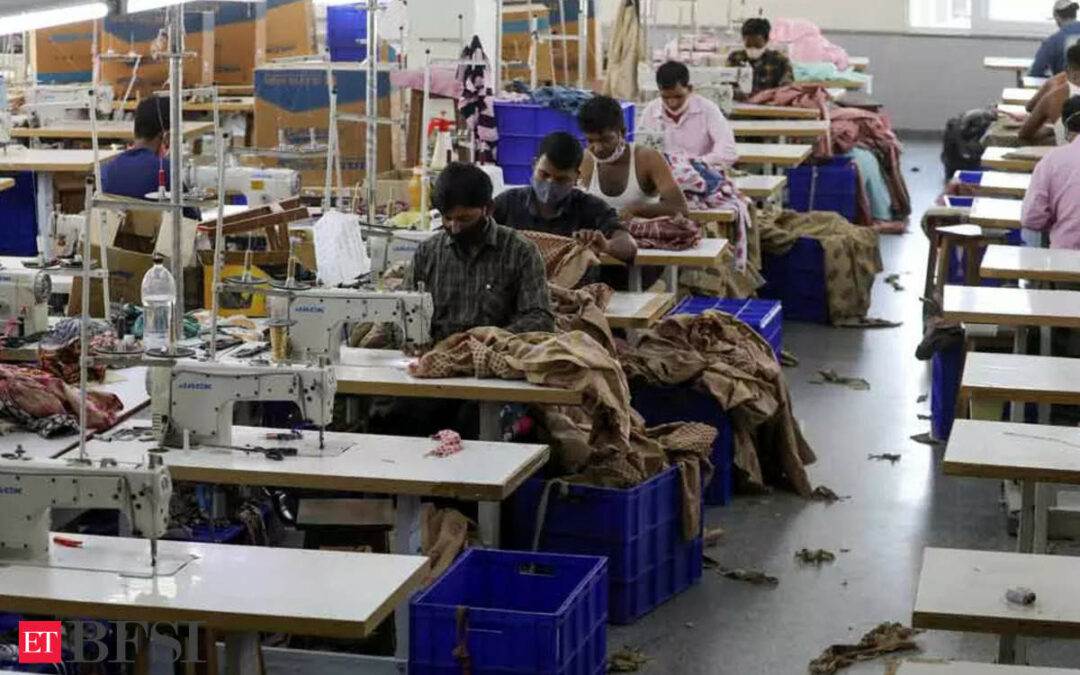Michael Debabrata Patra, Deputy Governor of Reserve Bank of India has highlighted potentional addressable market for banks, FinTechs and NBFCs in terms of MSME lending.
He said that the overall finance demand of India’s MSMEs is around US$ 1,955 billion, and out of this, the demand for debt-based finance is pegged at US$ 1,544 billion.
Half of this coming from those that prefer financing from informal sources or from financially unviable enterprises, he highlighted.
The DG said that this leaves a debt demand of US$ 819 billion, of which US$ 289 billion demand is currently fulfilled by formal credit lenders like banks.
The remaining unfulfilled demand of US$ 530 billion makes up a huge addressable market for banks, FinTechs and NBFCs.
It is to be noted that the EY has also in its recent report had said that as compared to global averages—the MSME sector in India lags behind when it comes to formal credit penetration.
CareEdge also cited in its report that with about 64 million MSMEs in India overall, the total funding requirement for the sector is projected to reach Rs 134.40 lakh crore.
It also highlighted that total debt demand is estimated at Rs 106.11 lakh crore, of which Rs 56.24 lakh crore or 53% is anticipated to be the potential market size addressable through formal funding sources such as banks and NBFCs.
NBFCs emerging as an important player
As per the data, NBFCs are emerging as an important player in MSME lending exhibiting 3x y-o-y growth in FY23. This is surpassing both public sector banks (PSUs) and private sector banks (PVBs).
In FY24 and FY25, this growth trajectory is expected to continue, with NBFCs, private sector banks and public sector banks projected to achieve growth rates of 25%, 15%, and 10%, respectively.
Profitability metrics for NBFCs with a focus on small ticket-size MSMEs are expected to moderate due to compression in Net Interest Margins (NIMs) and heightened credit costs stemming from new-to-credit (NTC) clients and predominantly unsecured microloans.
Global scenario for MSMEs
G20 members have also released a collective report on the MSMEs highlighting the global scenario of the sector.
In its report titled, “Addressing MSMEs: Financing challenges through G20 action”, it said that the MSMEs account for approximately 90% of total businesses and provide more than 50% of global employment.
Despite the major contribution of MSMEs to economic growth and employment generation in the developing and least developed countries, access to financing remains a daunting challenge for the sector, it said.
Approximately 400 million MSMEs in emerging economies lack adequate financing instruments. It is estimated that the total credit gap for MSMEs is in the range of US$5.2 trillion, the report highlighted.
According to the World Bank, 40% of MSMEs across 128 nations face credit constraints, and only 15% of investments in MSMEs are financed by banks.
Fintechs have emerged as an important instrument for financing and could offer customised and value-added financial services to MSME units, World Bank said.
Another worrisome data shared by the G20 report said that around 80% of total MSMEs are informal, and access to finance is consistently cited as the most significant constraint.










